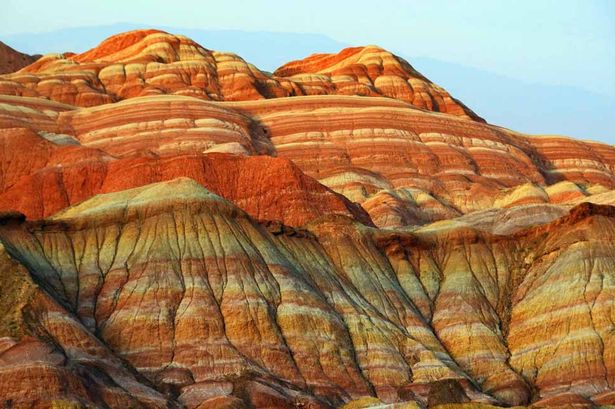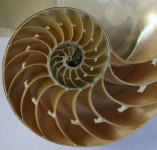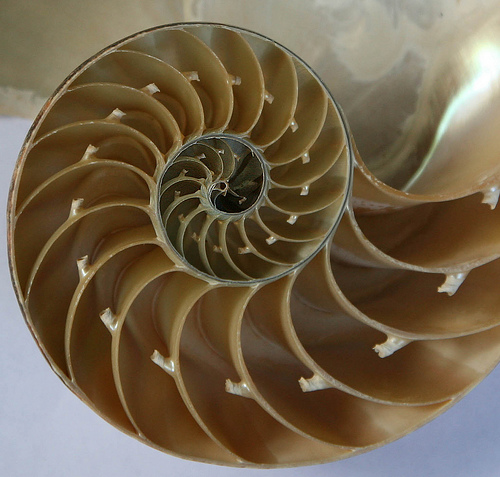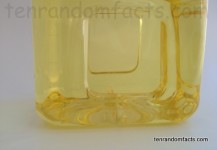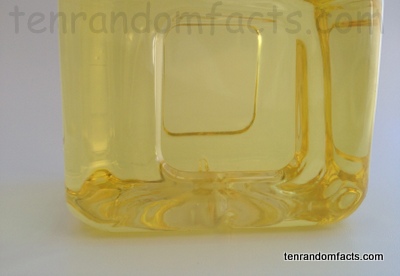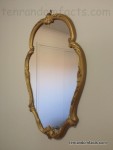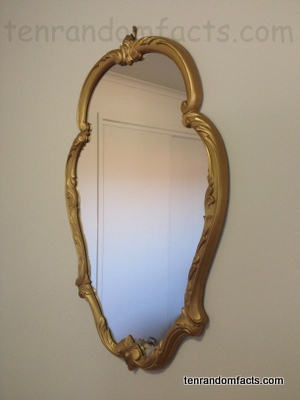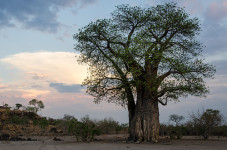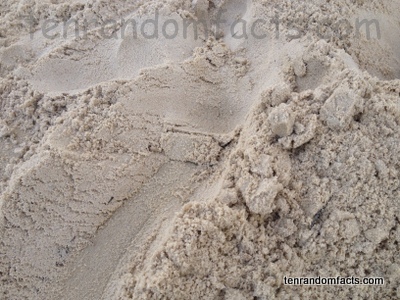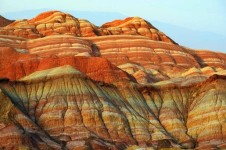
Someone has imprinted a rainbow onto Zhangye Danxia Landform Geological Park.
- Zhangye Danxia Landform Geological Park is a geologically significant area consisting of large formations of distinctly rainbow coloured rock.
- Zhangye Danxia Landform Geological Park is situated in the province of Gansu in Asia’s China, and the closest city is Zhangye.
- ‘Zhangye Danxia Landform Geological Park’ is also known as ‘Zhangye Danxia’, ‘Zhangye Danxia Geopark’, ‘Zhangye Danxia Landform’, ‘Landform of Zhangye’, ‘Rainbow Mountains’ and ‘Zhangye Danxia Wonders’.
- Zhangye Danxia Landform Geological Park is commonly and incorrectly confused with other Danxia formations in China, that are listed as part of the China Danxia UNESCO World Heritage Site.
- Zhangye Danxia Landform Geological Park spreads across an area of 300 to 510 square kilometres (116 to 197 square miles), and in November 2011, it was officially granted geopark status.
Zhangye Danxia Landform Geological Park
Image courtesy of The Mirror/Assumed Public Domain
- The rocks of Zhangye Danxia Landform Geological Park are made primarily of sandstone and other layered minerals, that reach hundreds of metres in height.
- Water, wind and other weather erosion constantly wear the rocks of Zhangye Danxia Landform Geological Park, creating numerous ‘hills’ and abstract shapes.
- Zhangye Danxia Landform Geological Park is very popular among tourists, and it has been listed among the ‘most beautiful’ places in China and the world, numerous times.
- The rock colours of Zhangye Danxia Landform Geological Park range from red, blue, yellow and green, and the colours are caused by metamorphic progressions.
- An entrance fee is generally payable when visiting the Zhangye Danxia Landform Geological Park, and to see the colours of the rocks at their best, it is best to visit on sunny days in the mornings or at sunset, in all seasons except winter.
Bibliography:
Wu A, Rainbow Mountains: Zhangye Danxia Landform Geological Park, 2015, China Highlights, http://www.chinahighlights.com/zhangye/attraction/danxia-landform-geological-park.htm
Zhangye Danxia National Geological Park, 2015, Wikipedia, http://en.wikipedia.org/wiki/Zhangye_Danxia_National_Geological_Park






